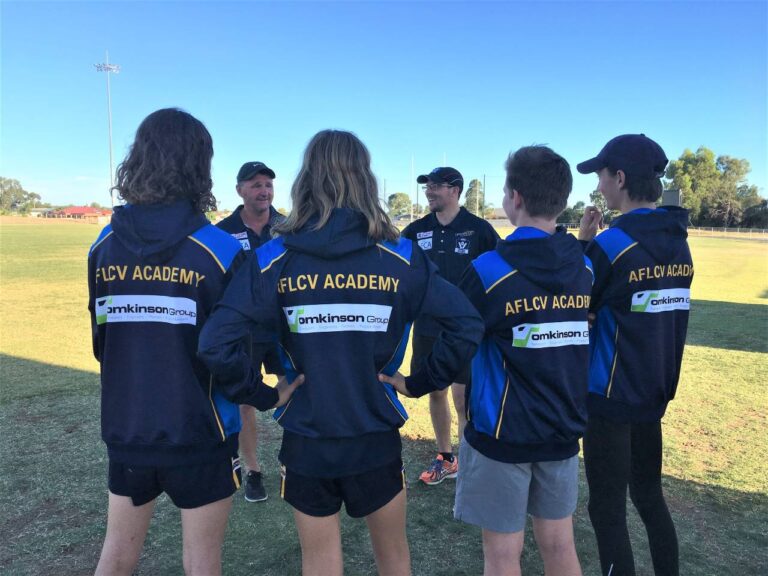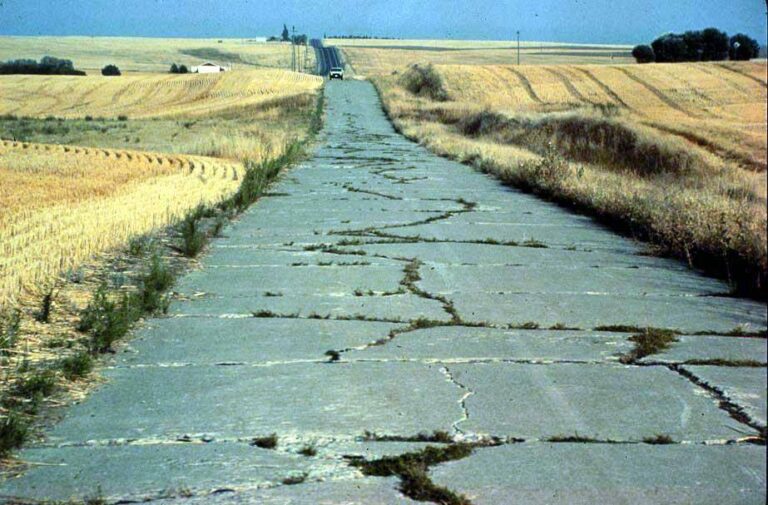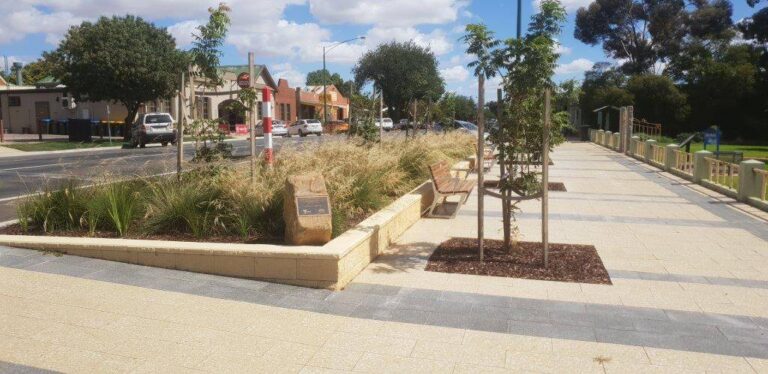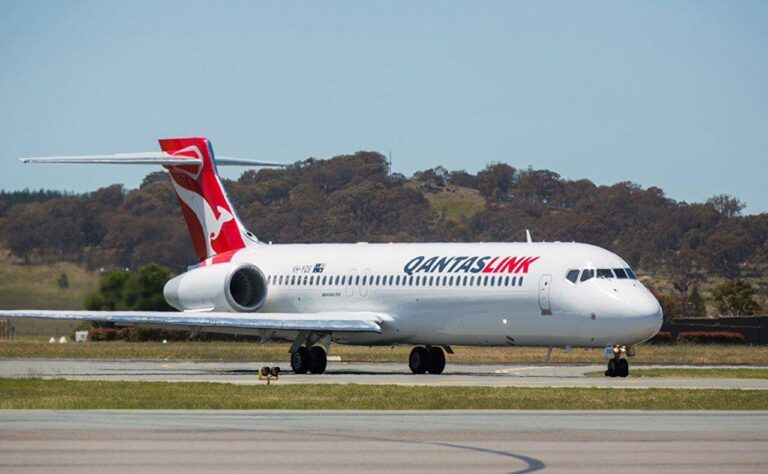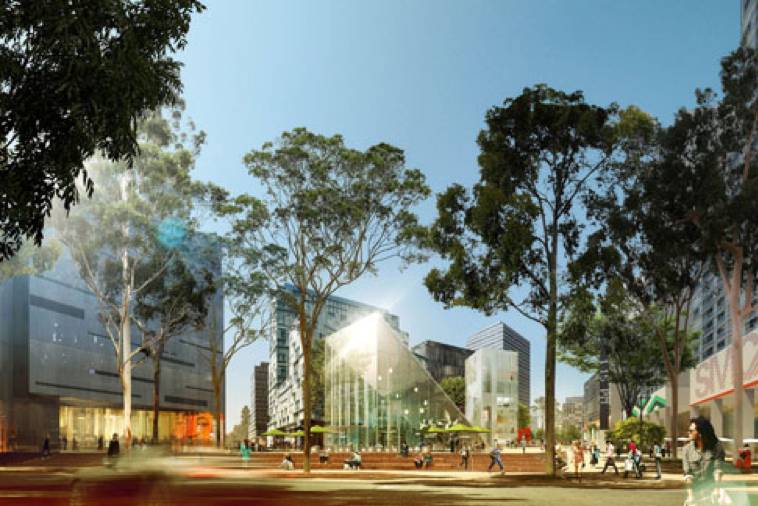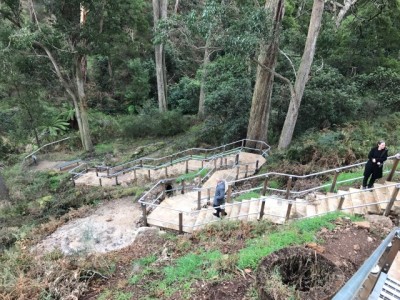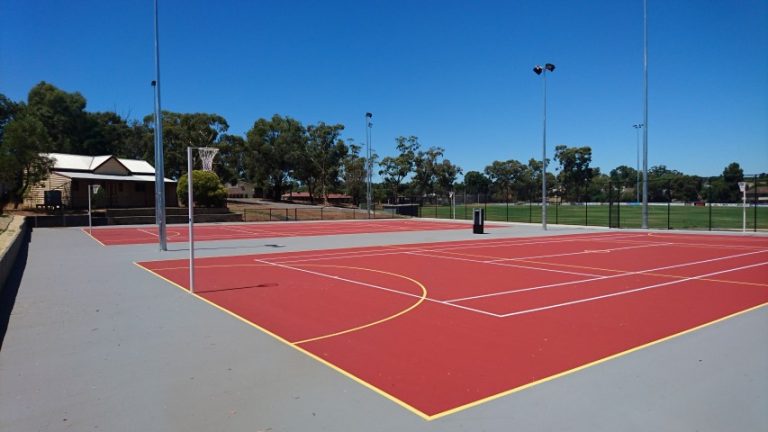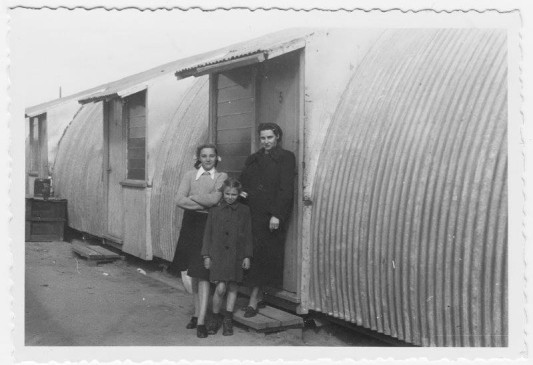NEWS
Searching for the Perfect Bus Stop
In today’s world we are surrounded by products and items that have been designed to make our lives easier. From cars to phones and computers, we are surrounded by things that have been created for a purpose and that are supposed to embody the tenets of design (hopefully even “good design”).
With the number of new products and upgrades coming out seemingly every day, it would appear many “good designs” are being neglected and possibly underappreciated. This may be a function of the fact that the design is achieving its desired result. Irene Au, former head of design at Google, described this phenomenon succinctly by saying: “Good design is like a refrigerator – when it works, no one notices, but when it doesn’t, it sure stinks”.
I would therefore like to shed a little light on some of the “good designs” out there that make our lives easier but may have been overlooked by some of their shinier counterparts in recent years. Most obvious of these – almost 3,000 years in the making – is reticulated water supply. Starting humbly as irrigation, open channel design and technology have expanded this infrastructure to pipelines connecting towns and cities with clean treated potable water; recycled water and desalinated sea water. This all in an effort to reduce disease and make people’s lives easier as opposed to walking some distance to the local water supply to then turn around and carry it all the way home, which is still the norm in many parts of the world – a concept all too often forgotten these days. Similar too is the advent of reticulated sewer.
Even more overlooked in modern cities than sewer and water is the infrastructure I wish to focus on today – footpaths. The humble pathway has been helping people get from one point to another for many thousands of years.
As a consultancy focused on survey design and town planning, Tomkinson Group is constantly engaging often opposing stakeholders and stringent requirements to ensure that our designs meet community needs; local, state and federal standards; and stakeholder budgets to be “good designs”. Whether it be our sewer and water designs – or roads and drainage – with the introduction of the Disability Discrimination Act (DDA) in 1992, good design of footpaths and accessways has become a major part of our design work. In particular we are undertaking a large amount of work with Public Transport Victoria (PTV) in their current mandate to ensure that all bus stop infrastructure is DDA compliant. This means that every area and facility open to the public should be open and available to people with a disability.
Tomkinson Group Town Planners, Surveyors and Engineers have been working with PTV and its service providers across the state of Victoria designing upgrades to existing infrastructure and DDA compliant new infrastructure. This has brought us in contact with almost all of the 34 Melbourne Metro Councils and the 45 Regional Shires, Rural Cities and Boroughs as well as every region of Regional Roads Victoria (formerly VicRoads); the Department of Environment, Land, Water and Planning; transport user groups and local community groups just to name a few of the stakeholders that provide input to our designs.
Over the last 5 years we have raised and lowered footpaths, added ramps and landings and created bus indents and outdents across the state to increase accessibility to Victoria’s public transport network. We have adjusted existing infrastructure to suit pedestrian desire lines and worked towards safe systems design. And we hope that our designs are successful enough to not be noticed by you – the user.
So, the next time you’re walking along the street and see, for example, a set of ramps or switchbacks to allow access to something, take a moment to acknowledge the thought that has gone into providing a solution that allows everyone to have equal access to that place. Have a look for the “perfect bus stop”.








